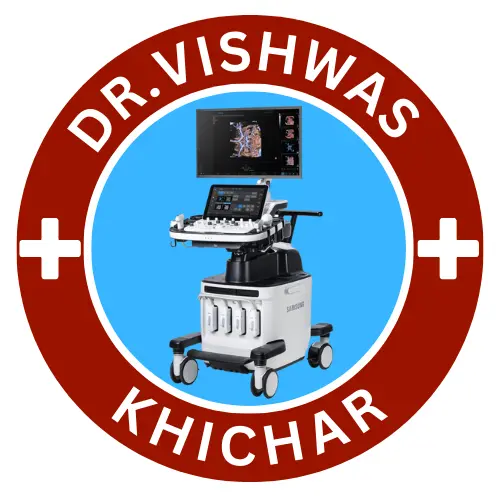Arterial Doppler

An arterial Doppler is a noninvasive diagnostic imaging test that looks at the circulation of blood through the arteries in your arms or legs. The imaging test uses ultrasound technology to see and hear the blood move through your arteries.
The purpose of the arterial Doppler is to find circulation problems that might explain your symptoms, such as leg pain, leg swelling, or poor wound healing.
When would I need an arterial Doppler?
The Commonwealth Vein Center team takes a patient-centered approach to care. They use many state-of-the-art diagnostic tests to find the underlying cause of your circulation problem.
Your vein, vascular, and wound specialist may recommend an arterial Doppler to confirm or rule out a diagnosis such as:

- Peripheral artery disease (PAD)
- Chronic venous insufficiency (CVI)
- Blood clot
- Deep vein thrombosis (DVT)
- Bulging arteries or aneurysm
Your provider at Commonwealth Vein Center may recommend the arterial Doppler to avoid a more invasive diagnostic test: angiography or catheter angiography. For standard angiography, your provider injects a contrast dye into your blood vessels and then takes X-rays to assess blood flow.
For a more advanced angiography, they may perform a CT scan or MRI to get the needed images.
How do I prepare for an arterial Doppler?
Unless otherwise directed by the Commonwealth Vein Center team, you don’t need to make any special preparations prior to your arterial Doppler. There’s no anesthesia or needles, and you can eat, drink, and take your medications as you normally would.
The team, however, requests you wear comfortable clothing to the exam and leave all valuables at home.
